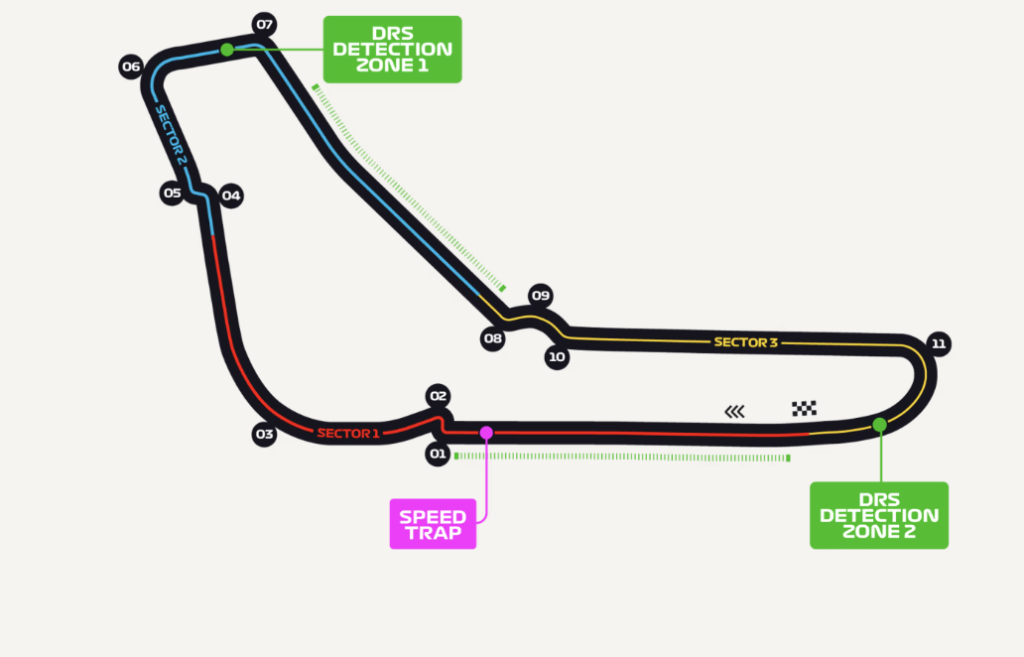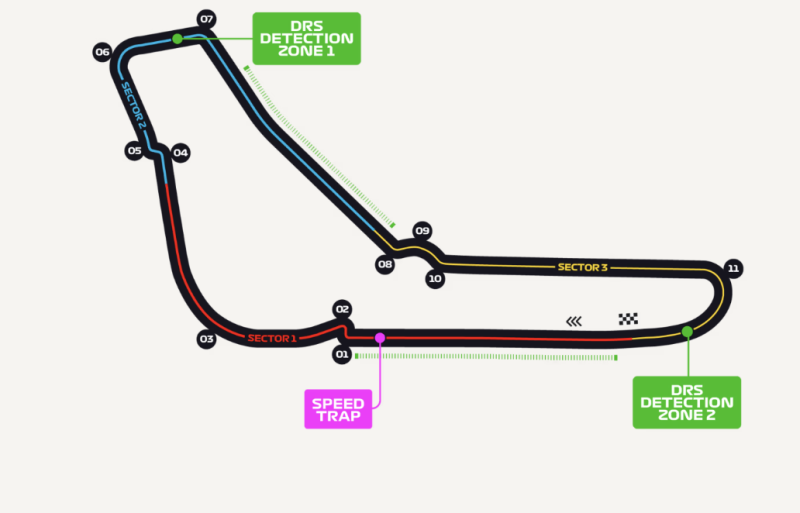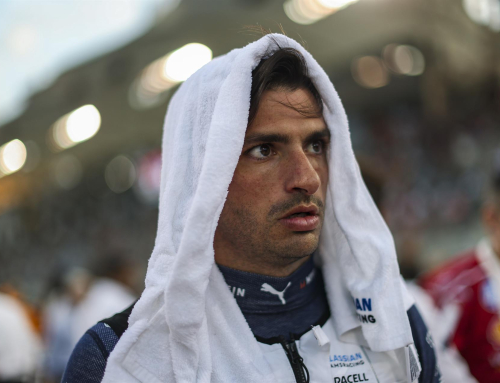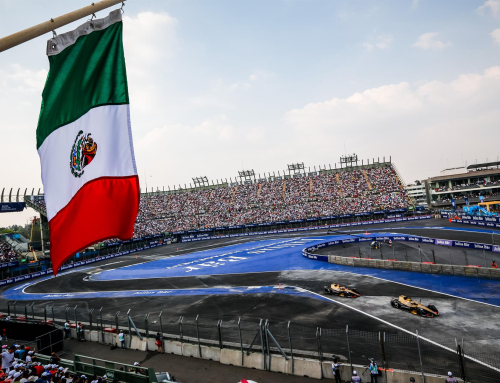Welcome to the Italian F1 Grand Prix. Home GP for Scuderia Ferrari, Monza is very iconic and historic venue for Motorsports. It is known as the Temple of Speed, an appropriate moniker given that, at the 2003 Italian Grand Prix, Michael Schumacher and his Ferrari. Heading to the race weekend, here some curiosities about the Italian circuit.
When was the track built?
Constructed in just 110 days in 1922, the Autodromo Nazionale Monza was the world’s third purpose-built race track, coming after Brooklands in the UK and Indianapolis in the US. Like those two tracks, the original circuit featured a daunting series of banked curves, as well as much of the ‘outfield’ section that’s still in use today.
A fast “old-school” track
Monza opened its doors on September 3, 1922, just a week before it hosted that year’s Italian Grand Prix. It was then part of the original Formula 1 calendar in 1950, and has held the Italian Grand Prix every year bar one since.
What’s the circuit like?
It’s the temple of speed; Formula 1’s fastest ever lap was set at Monza – Williams driver Juan Pablo Montoya’s 260.6km/h effort during practice for the 2004 Grand Prix – which should give you some idea of the nature of the track the locals call ‘La Pista Magica’. Cars are on full throttle for 80% of the lap, and hit their Vmax on the circuit’s 1.1km start/finish straight. From there, they roar off into the historic park section, where a series of big stops into tight chicanes give the brakes a good workout.
New Year, new asphalt
From a technical point of view, this year’s Italian Grand Prix concerns is the asphalt. The circuit has embarked on a process of renovation and modernisation of its facility, aimed at ensuring its future and part of the first phase of this work has been the complete resurfacing of the entire track. In addition, some of the underpasses have been changed: the one at Santa Maria delle Selve and the two on the straight between the Ascari chicane and the Parabolica, along with building a brand new one linking the Vedano entrance to the Parabolica. In addition, the circuit’s water collection and drainage systems have been refurbished.
The work involved a crew of 240 and 92 vehicles. Once it was completed, in early August a team of Pirelli engineers carried out an inspection of the new surface, sharing the data with the FIA and the teams, in preparation for the final European round of the Formula 1 season. As is usually the case with newly-laid asphalt, the surface is smoother than its predecessor and darker in colour. This latter factor will have an impact on track temperature, which if the sun is shining could see it get hotter than in the past, even reaching significant highs of over 50 °C. In theory, the new surface should offer more grip, which will impact tyre performance and their operating temperature range. It is highly likely that track evolution will be very high over the course of the weekend, as the various categories racing at this event rack up the laps.
The best place to watch
Aim for the grandstand at the Variante del Rettifilo to witness the awesome spectacle of cars braking from around 350km/h to just 70km/h before negotiating the tight chicane. This is also one of the track’s best overtaking spots, as well as a magnet for first-lap tussles.







Leave A Comment